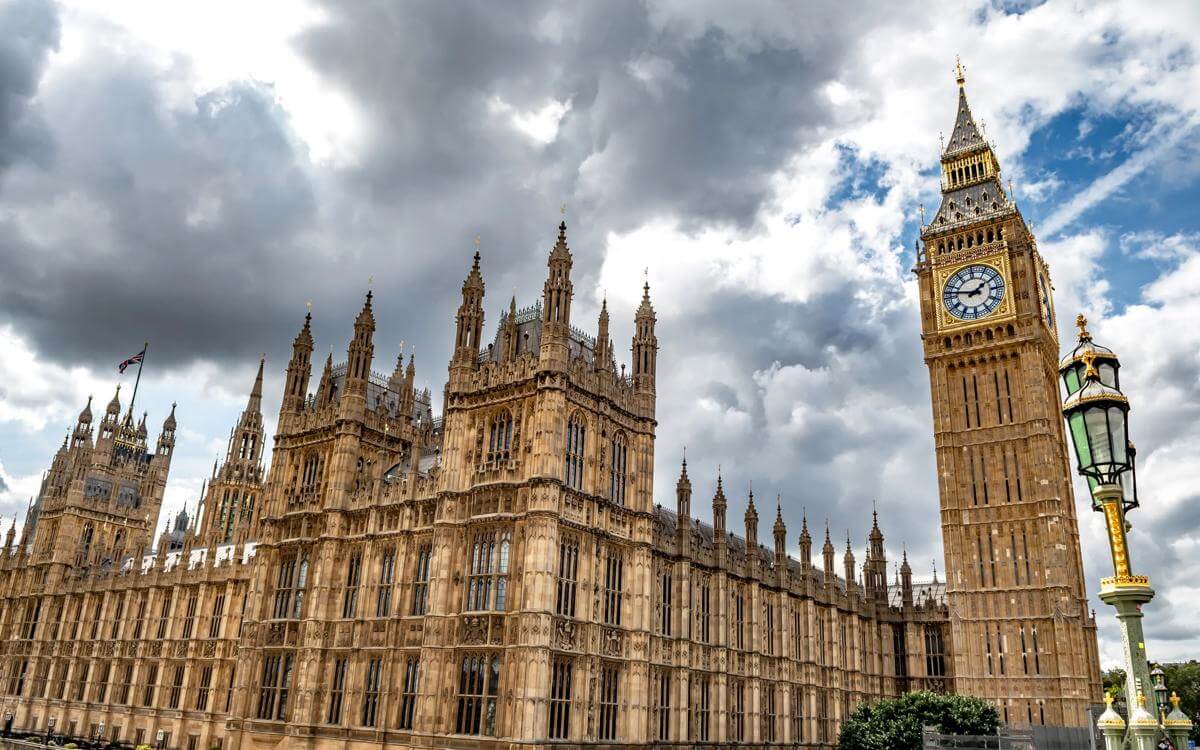Governance
Women on boards: FTSE Women Leaders Review report - an analysis
During the week of International Women’s Day, it seems appropriate to write about the Government-backed FTSE Women Leaders Review report on gender balance in FTSE leadership published on 28 February 2023 FTSE Women Leaders Review: Achieving Gender Balance (February 2023).
Headlines
The report states that as of 11 January 2023, amongst other things:
- Women held 40.5% of FTSE 100 board positions (up from 39.1% in 2021), but 7 FTSE 100 companies had not yet achieved the 33% target. 43 boards had not met the current 40% target.
- Women held 40.1% of FTSE 250 board positions (up from 36.8%), but 24 FTSE 250 companies had not yet achieved the 33% target. 10 companies previously had 33% but had since fallen below that number. 113 companies had not yet met the current 40% target.
- Across the FTSE 350 there were only 55 women chairs (19 in the FTSE 100), 130 women SIDs (37 in the FTSE 100), and 21 women CEOs (9 in the FTSE 100). There were only 79 women executive directors (34 in the FTSE 100), being 13.8% of executive directors in the FTSE 350.
- The number of FTSE 350 boards that have met or exceeded the current 33% target stands at 319, with a remaining 31 FTSE 350 boards still to meet the 33% 2020 target
- The FTSE 350 again had no all-male boards, and there was only one company with only one woman on the board.
Key information
The review included 50 of the largest private companies in the UK of which 6 did not submit data.
It found that the representation of women on those boards was on average 31.8%; and there were 19 boards that were either all-male or had only one woman.
One-third had 40% or more, but just over half had well below 33%.
32% of executive directors were women.
Of the eight LLPs in the list, average representation of women in equity partnerships stood at around 25%, with just 19% women in the highest earning 50 equity partners.
The direction of travel
Just over a decade ago, 152 of the FTSE 350 boards had no women on them at all. There is now a female presence on every board of the FTSE 350 and the overwhelming majority of the FTSE 350 companies now have 3 or more women on their board.
The improvement has been achieved on an entirely voluntary basis rather than by a mandatory quota system.
Whether sufficient progress is being made is however subjective and open to debate.
The report is stated to have secured the UK in second place when compared internationally to other countries aiming to have more women on top public listed boards.
Why is this significant?
Whether the report means that the UK has “cemented itself as a world-leader for women’s representation on top company boards”, as the press release that accompanied its publication states, is accurate is difficult to assess, but its findings which include that 40.2% of FTSE 350 board positions are held by women and that women hold a third of all Leadership roles at those companies, show progress is being made to improve gender balance in FTSE leadership.
The report’s conclusion that British business is on-track to meet the target of 40% Women in Leadership teams by the end of 2025 is encouraging and there is clearly some momentum, but progress cannot be taken for granted.
Key contact

Raymond Silverstein
Partner
raymond.silverstein@brownejacobson.com
+44 (0)207 337 1021








































